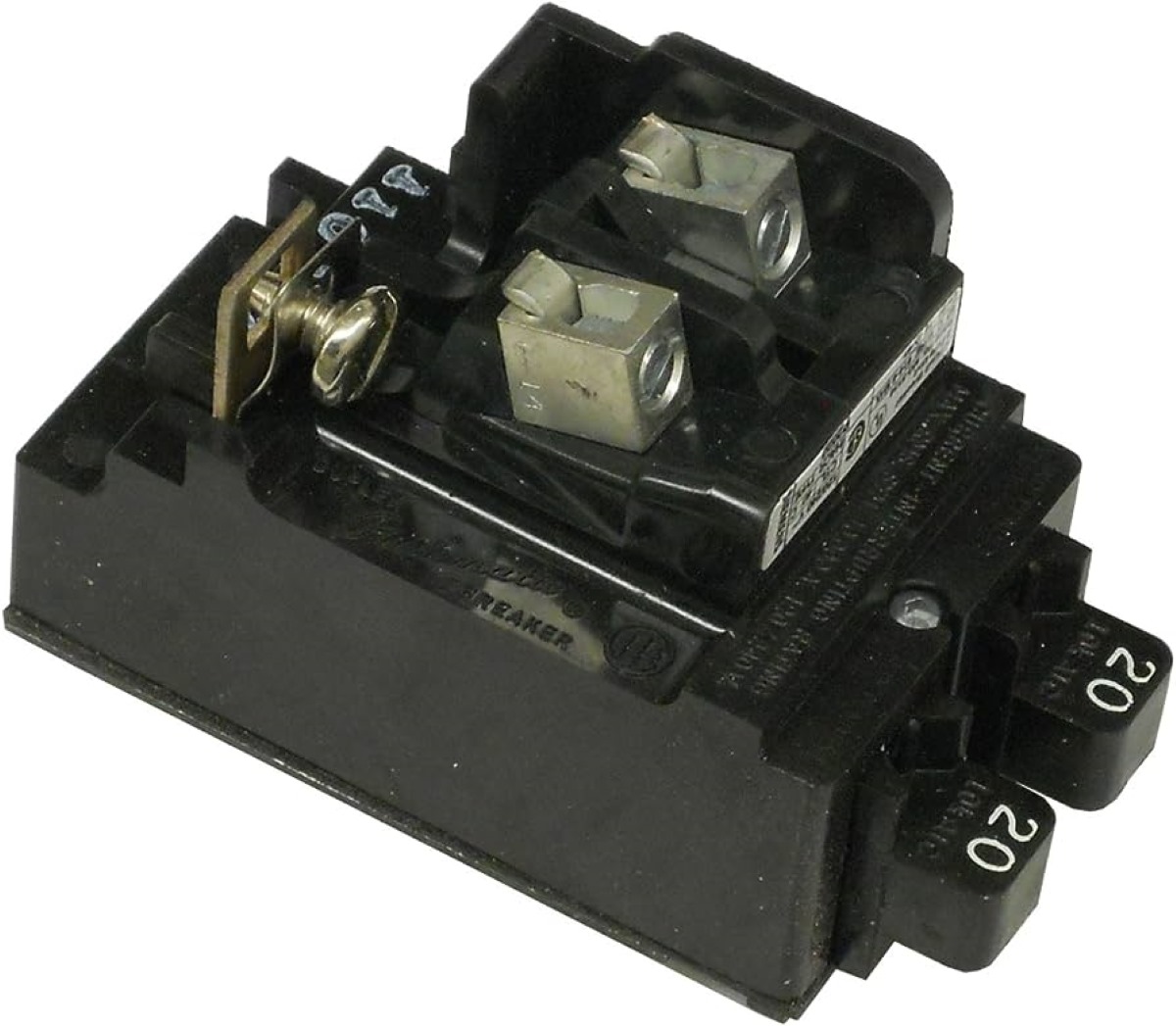

Articles
What Replaces ITE Breakers
Modified: October 20, 2024
Looking for articles about what replaces ITE breakers? Explore our comprehensive collection of informative and helpful articles on this topic to find the answers you need.
(Many of the links in this article redirect to a specific reviewed product. Your purchase of these products through affiliate links helps to generate commission for Storables.com, at no extra cost. Learn more)
Introduction
As technology continues to advance, so does the need for smarter and more efficient solutions in various industries. One area that has seen significant innovation is the electrical industry, specifically in the realm of circuit breakers. Traditionally, circuit breakers have played a crucial role in protecting electrical circuits from overloads and short circuits, but they have often been viewed as bulky and static devices.
However, with the advent of smart technology, circuit breakers have undergone a remarkable transformation. Smart circuit breakers are revolutionizing the electrical industry by providing advanced features and capabilities that go beyond the basic function of circuit protection. These intelligent devices are designed to enhance safety, improve energy management, and offer remote control and monitoring options.
In this article, we will explore the evolution of circuit breakers and the introduction of smart circuit breakers. We will delve into the features, benefits, and installation of these innovative devices, as well as provide examples of smart circuit breaker technologies available in the market today.
So, if you are curious about the future of electrical systems and the exciting possibilities that smart circuit breakers bring, read on to discover how these intelligent devices are reshaping the way we interact with our electrical infrastructure.
Key Takeaways:
- Smart circuit breakers are revolutionizing the electrical industry by offering real-time monitoring, remote control, and advanced safety features, transforming the way we interact with our electrical infrastructure.
- The introduction of smart circuit breakers addresses the limitations of traditional circuit breakers, providing improved safety, energy management, and convenience, while paving the way for a more efficient and interconnected electrical future.
Read more: How To Replace Pushmatic Circuit Breakers
The Function of Circuit Breakers
Circuit breakers serve as crucial components in electrical systems, acting as safety devices that protect circuits from overloads and short circuits. Their primary function is to interrupt the flow of electricity when abnormal conditions are detected, preventing damage to electrical equipment and minimizing the risk of fire.
When the current flowing through a circuit exceeds the designated limit, an overload occurs. This can be caused by various factors, such as faulty wiring, malfunctioning appliances, or a sudden surge in power. In such cases, circuit breakers act as a safeguard by automatically tripping, or interrupting, the circuit to prevent further electrical flow. By doing so, they help avoid overheating and potential damage to the wiring and components within the circuit.
Similarly, circuit breakers also provide protection against short circuits. A short circuit occurs when there is an unintended connection between two conductors with different voltages. This can lead to a sudden increase in current flow, which poses a significant risk of fire and electrical hazards. In the event of a short circuit, circuit breakers quickly detect the abnormal current and interrupt the circuit to prevent further damage.
Furthermore, circuit breakers play a vital role in ensuring the safety of individuals working with or around electrical systems. By interrupting the flow of electricity, they minimize the risk of electric shock and electrocution. In addition, circuit breakers provide a convenient means of shutting off power to specific circuits during maintenance or repairs, allowing technicians to work safely without the risk of accidental electrical contact.
Overall, the primary function of circuit breakers is to protect electrical systems and the connected devices from overloads and short circuits. They serve as a crucial safety mechanism, maintaining the integrity and functionality of electrical circuits while safeguarding against potential hazards.
Challenges with Traditional Circuit Breakers
While traditional circuit breakers have been effective in providing basic circuit protection, they come with their own set of limitations and challenges. These challenges have spurred the development of smart circuit breakers to address these issues and offer enhanced functionality. Here are some of the key challenges with traditional circuit breakers:
- Lack of Monitoring and Control: Traditional circuit breakers operate as passive devices, meaning they only trip when abnormal conditions are detected. They do not provide real-time monitoring or control capabilities, making it difficult to identify and address potential electrical issues proactively.
- Limited Information: Traditional circuit breakers provide limited information about circuit status, making it challenging to diagnose problems or track energy consumption patterns. This lack of information hinders effective energy management and troubleshooting.
- Manual Operation: Traditional circuit breakers typically require manual operation for resetting after tripping. This can be time-consuming and inconvenient, especially in cases where the circuit breaker is located in hard-to-reach areas.
- Inadequate Remote Accessibility: In situations where circuit breakers are installed in remote or inaccessible locations, monitoring and controlling circuit operations becomes challenging. Remote accessibility is especially crucial for efficient management of energy consumption and troubleshooting.
- Single Functionality: Traditional circuit breakers primarily focus on circuit protection, offering limited additional functionality. This limits their capability to adapt to evolving electrical and technological needs.
These limitations highlight the need for a more intelligent and dynamic solution in circuit breaker technology. Smart circuit breakers have emerged as the answer to these challenges, incorporating advanced features and capabilities to overcome the limitations of traditional circuit breakers. In the next section, we will explore the introduction of smart circuit breakers and the transformative impact they bring to the electrical industry.
Introduction of Smart Circuit Breakers
The introduction of smart circuit breakers has revolutionized the electrical industry by incorporating advanced technology and features into traditional circuit protection devices. Smart circuit breakers, also known as intelligent circuit breakers or digital circuit breakers, have transformed the way we interact with our electrical infrastructure.
Smart circuit breakers leverage the power of the Internet of Things (IoT) and digital connectivity to provide enhanced functionality, real-time monitoring, and remote control options. These devices go beyond the basic function of circuit protection and offer a wide range of intelligent features that improve safety, energy management, and convenience.
One of the key advantages of smart circuit breakers is their ability to provide real-time monitoring of electrical systems. These devices can collect and analyze data on energy consumption, voltage levels, power quality, and other electrical parameters. This information is then relayed to a central monitoring system or can be accessed through mobile applications or web interfaces, allowing users to monitor and analyze the performance of their electrical systems from anywhere at any time.
In addition to monitoring, smart circuit breakers offer advanced control capabilities. Users can remotely turn circuits on or off, set timers or schedules for specific circuits, and receive instant notifications in the event of an abnormality or circuit trip. This level of control not only provides convenience but also enables efficient energy management by allowing users to optimize power usage and identify energy-wasting devices or circuits.
Furthermore, smart circuit breakers address the challenges of manual operation and limited accessibility associated with traditional circuit breakers. Many smart circuit breakers feature automated resetting capabilities, eliminating the need for manual intervention after a trip. Additionally, these devices can be accessed and controlled remotely, making it easier to manage electrical systems in remote or hard-to-reach locations.
Smart circuit breakers are designed to be adaptable, allowing for future-proofing and integration with emerging technologies. With built-in communication protocols, such as Wi-Fi or Zigbee, these devices can easily connect with other smart devices, creating a comprehensive smart home or building automation system. This enables seamless integration with smart thermostats, energy management systems, and renewable energy sources, further enhancing energy efficiency and sustainability.
In the following sections, we will delve into the specific features, benefits, installation, and maintenance of smart circuit breakers. We will also explore some examples of smart circuit breaker technologies available in the market today to provide a comprehensive understanding of the potential and impact of these intelligent devices.
Features of Smart Circuit Breakers
Smart circuit breakers come packed with a range of innovative features that set them apart from traditional circuit breakers. These advanced capabilities enhance safety, improve energy management, and offer greater control and convenience. Here are some of the key features of smart circuit breakers:
- Real-Time Monitoring: Smart circuit breakers provide real-time monitoring of electrical parameters such as energy consumption, voltage levels, and power quality. This allows users to gain valuable insights into their electrical systems and make informed decisions regarding energy usage and troubleshooting.
- Remote Control: With the ability to connect to Wi-Fi or other communication protocols, smart circuit breakers enable remote control. Users can turn circuits on or off, set timers or schedules, and receive instant notifications about circuit trips or abnormalities. This level of control offers convenience and allows for efficient energy management.
- Data Analytics: Smart circuit breakers collect and analyze data on energy usage patterns, allowing users to identify energy-wasting devices or circuits. This data can be used to optimize energy usage, reduce costs, and improve overall energy efficiency.
- Automated Resetting: Unlike traditional circuit breakers that require manual resetting after a trip, smart circuit breakers can automatically reset themselves once the fault condition is resolved. This automated resetting feature saves time and eliminates the need for physical intervention.
- Integration with Smart Home Systems: Smart circuit breakers can seamlessly integrate with other smart home devices and systems. They can be part of a comprehensive home automation system, allowing for centralized control and automation of electrical systems, lighting, security, and more.
- Energy Monitoring and Demand Response: Some smart circuit breakers offer advanced energy monitoring features, allowing users to track energy usage in real-time and identify energy-efficient practices. They can also participate in demand response programs, automatically reducing power consumption during peak demand periods to save energy and reduce costs.
- Enhanced Safety Features: Smart circuit breakers often come with additional safety features, such as ground fault protection, arc fault detection, and electrical leakage monitoring. These features help prevent electrical accidents, minimize the risk of fires, and provide a safer electrical environment.
The features offered by smart circuit breakers provide users with greater control, convenience, and visibility into their electrical systems. With real-time monitoring, remote control options, energy analytics, and integration with smart home systems, these devices empower users to optimize energy consumption, enhance safety, and create a more efficient and intelligent electrical infrastructure.
When replacing circuit breakers, always make sure to use the correct size and type for your electrical panel. Consult the panel’s label or a professional electrician for guidance.
Read more: What Are Breakers
Benefits of Smart Circuit Breakers
Smart circuit breakers offer numerous benefits over traditional circuit breakers, making them the preferred choice for modern electrical systems. These intelligent devices not only provide enhanced safety and convenience but also contribute to energy management and cost savings. Here are some of the key benefits of smart circuit breakers:
- Improved Safety: Smart circuit breakers come equipped with advanced safety features such as arc fault detection, ground fault protection, and electrical leakage monitoring. These features help minimize the risk of electrical accidents, preventing fires and protecting both property and individuals.
- Real-Time Monitoring and Alerts: With smart circuit breakers, users can have real-time visibility into their electrical systems. They can monitor energy consumption, voltage levels, and power quality, enabling early detection of issues and prompt action. Smart circuit breakers also provide instant notifications through mobile applications or web interfaces, ensuring users are promptly informed of any circuit trips or abnormalities.
- Energy Management: Smart circuit breakers enable efficient energy management by offering data analytics on energy usage. Users can identify energy-hungry appliances or circuits and make informed decisions to lower energy consumption. By tracking energy usage patterns, users can implement energy-efficient practices, leading to cost savings and reduced carbon footprint.
- Remote Control and Automation: The ability to remotely control smart circuit breakers provides convenience and flexibility. Users can turn circuits on or off, set timers or schedules, and adjust power usage even when they are away from home. Integration with smart home systems allows for automation, allowing users to create personalized and energy-efficient scenarios for lighting, appliances, and other electrical devices.
- Automated Resetting: Smart circuit breakers automatically reset themselves after a trip, eliminating the need for manual intervention. This feature saves time and ensures that power is restored to the circuit as soon as the fault condition is resolved.
- Integration with Renewable Energy Sources: Smart circuit breakers can seamlessly integrate with renewable energy sources like solar panels or wind turbines. They can monitor and manage the flow of energy from these sources, optimizing energy usage and maximizing the benefits of clean, renewable power.
- Future-Proofing: Smart circuit breakers are designed to adapt to evolving technologies and electrical systems. They can easily integrate with emerging smart devices, energy management systems, and home automation platforms. This future-proofing ensures that your electrical system remains compatible with advancements in technology.
The benefits of smart circuit breakers extend beyond basic circuit protection, offering users advanced safety features, energy management capabilities, remote control options, and integration with renewable energy sources. With these remarkable benefits, smart circuit breakers are transforming the way we interact with our electrical systems, making them an essential component of modern electrical infrastructure.
Installation and Maintenance of Smart Circuit Breakers
The installation and maintenance of smart circuit breakers follow similar principles to traditional circuit breakers. However, there are a few additional considerations due to the advanced features and connectivity of smart circuit breakers. Here is a guide to the installation and maintenance process:
Installation:
- Consult a Professional: It is recommended to consult with a licensed electrician or an experienced professional for the installation of smart circuit breakers. They can ensure compliance with local electrical codes and handle any technical aspects of the installation.
- Select the Right Circuit Breaker: Choose a smart circuit breaker that is appropriate for the electrical system’s voltage, current capacity, and specific requirements. Consider the features and compatibility needed for integration with smart home systems or renewable energy sources.
- Power Off the Circuit: Before starting the installation process, ensure that the power to the circuit is turned off at the main electrical panel. This will prevent any electrical hazards or accidents during the installation process.
- Follow the Manufacturer’s Instructions: Carefully read and follow the manufacturer’s instructions provided with the smart circuit breaker. These instructions will outline the specific steps for wiring, mounting, and connecting the device in accordance with its design and specifications.
- Ensure Proper Wiring: Connect the smart circuit breaker to the appropriate wires according to the wiring diagram provided. It is crucial to ensure proper wiring to ensure the correct operation and functionality of the device.
- Test and Verify: Once the installation is complete, thoroughly test the smart circuit breaker to ensure proper functioning. Verify that the remote control options, real-time monitoring, and other features work as expected.
Maintenance:
- Regular Inspections: Conduct regular inspections of the smart circuit breaker to check for any signs of damage or wear. Look for loose connections, signs of overheating, or any other issues that may affect its performance.
- Cleanliness: Keep the smart circuit breaker clean and free from any dirt, dust, or debris. This will help ensure optimum performance and prevent any potential issues caused by blockage or insulation problems.
- Software Updates: Just like other smart devices, smart circuit breakers may require software updates from time to time. Stay up-to-date with the manufacturer’s recommended updates to take advantage of the latest features and security enhancements.
- Emergency Testing: Regularly conduct emergency testing of the circuit breaker to ensure it trips properly and responds appropriately in case of an overload or short circuit. This testing helps identify any potential issues early on and ensures that the circuit breaker is functioning as intended.
- Seek Professional Assistance: If you experience any issues or concerns with the smart circuit breaker, it is recommended to seek professional assistance. Licensed electricians or qualified technicians can diagnose and repair any problems effectively.
By following these installation and maintenance guidelines, you can ensure the safe and efficient operation of your smart circuit breakers. Regular inspections, proper cleanliness, and adherence to manufacturer recommendations will help maximize the lifespan and performance of these advanced devices.
Examples of Smart Circuit Breaker Technologies
The market for smart circuit breakers is continuously evolving, with various innovative technologies emerging to meet the growing demand for intelligent electrical systems. Here are a few examples of smart circuit breaker technologies available in the market today:
- Eaton’s EnergyAware Platform: Eaton offers a range of smart circuit breakers that integrate with their EnergyAware platform. These circuit breakers provide real-time energy monitoring, remote control options, and advanced analytics for energy management. Users can track energy consumption, set energy-saving schedules, and receive notifications about energy abnormalities.
- Siemens Sentron PAC3200: Siemens Sentron PAC3200 is a smart circuit breaker panel that offers energy monitoring and power management capabilities. It provides real-time data on energy consumption, power quality, and electrical parameters. The panel can be integrated with building management systems to optimize energy usage and improve efficiency.
- Schneider Electric’s Masterpact MTZ: Schneider Electric’s Masterpact MTZ is a smart air circuit breaker that combines traditional circuit protection with advanced digital capabilities. It offers real-time monitoring, energy management features, and integrated power quality analysis. The breaker can be remotely controlled and provides precise measurements to optimize energy usage.
- ABB’s Emax 2: ABB’s Emax 2 is a smart circuit breaker designed for low-voltage power distribution systems. It features advanced metering and monitoring capabilities, allowing users to track energy consumption, detect abnormalities, and optimize energy efficiency. The breaker also offers remote control functionalities and integrates with ABB’s energy management systems.
- Schneider Electric’s Acti9 Smartlink: Schneider Electric’s Acti9 Smartlink is a smart circuit breaker system that enables energy monitoring and control of individual circuits. It offers real-time data on energy usage, alerts for abnormal loads or loss of power, and can be remotely managed via a smartphone application. The system provides insights for energy management and helps diagnose electrical faults.
These examples represent a fraction of the smart circuit breaker technologies available in the market. Each technology brings its unique features and capabilities to enhance electrical system functionality, energy management, and safety. When considering smart circuit breakers for your specific needs, it is essential to assess the compatibility, features, and integration options available to ensure optimal performance and seamless integration with your electrical infrastructure.
As smart technology continues to advance, we can expect further innovation in smart circuit breaker technologies, with more advanced features and integration options becoming available to create intelligent and efficient electrical systems.
Conclusion
The introduction of smart circuit breakers has ushered in a new era of innovation in the electrical industry. These intelligent devices have transformed the way we interact with our electrical infrastructure by offering enhanced safety, energy management, and control capabilities.
Traditional circuit breakers, while effective in providing basic circuit protection, had limitations in terms of monitoring, remote control, and adaptability. Smart circuit breakers have addressed these limitations by incorporating advanced features such as real-time monitoring, remote control options, data analytics, and integration with smart home systems.
The benefits of smart circuit breakers are numerous. They provide improved safety through advanced safety features and early detection of abnormal conditions. Real-time monitoring and alerts allow users to have better visibility into their electrical systems and make informed decisions regarding energy management. The ability to remotely control circuits and automate processes offers convenience and flexibility, while automated resetting eliminates the need for manual intervention.
Installation and maintenance of smart circuit breakers follow similar principles to traditional circuit breakers, but with some additional considerations. Consulting a professional for installation and regular inspections for maintenance are crucial in ensuring optimum performance and safety.
Various smart circuit breaker technologies are available in the market, each offering unique features and capabilities. Manufacturers such as Eaton, Siemens, Schneider Electric, and ABB are at the forefront of smart circuit breaker innovation, providing advanced solutions in energy monitoring, power management, and integration with smart home systems.
In conclusion, smart circuit breakers are revolutionizing the electrical industry, providing intelligent solutions that go beyond basic circuit protection. As they continue to evolve, smart circuit breakers will play a crucial role in creating safer, more efficient, and interconnected electrical systems.
By embracing the benefits of smart circuit breakers, we can experience greater control, convenience, and energy efficiency in our homes, businesses, and communities. With their transformative capabilities, smart circuit breakers are shaping the future of electrical infrastructure.
Frequently Asked Questions about What Replaces ITE Breakers
Was this page helpful?
At Storables.com, we guarantee accurate and reliable information. Our content, validated by Expert Board Contributors, is crafted following stringent Editorial Policies. We're committed to providing you with well-researched, expert-backed insights for all your informational needs.
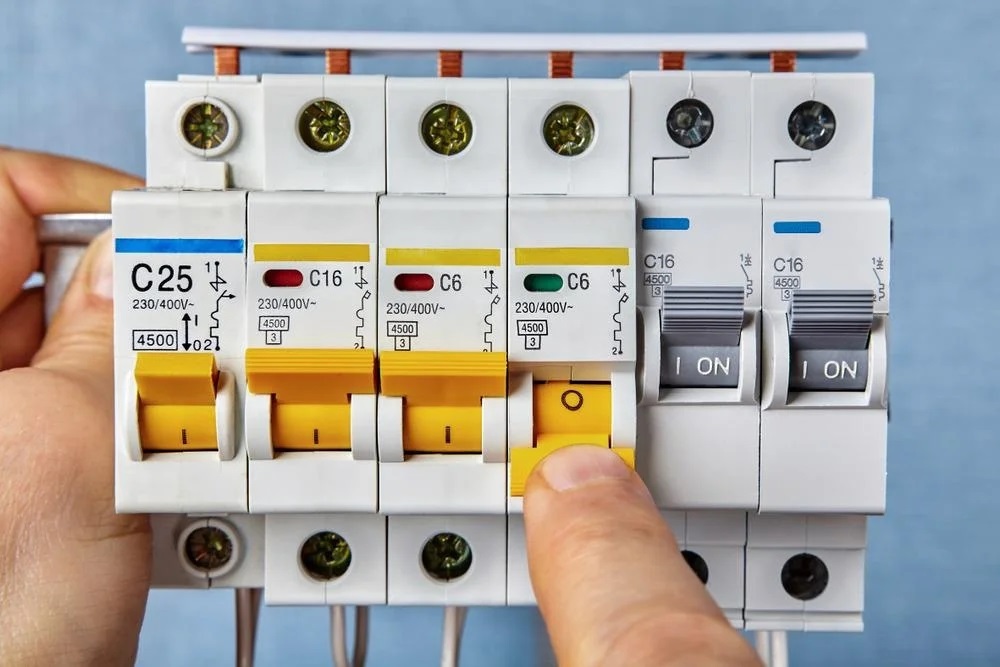
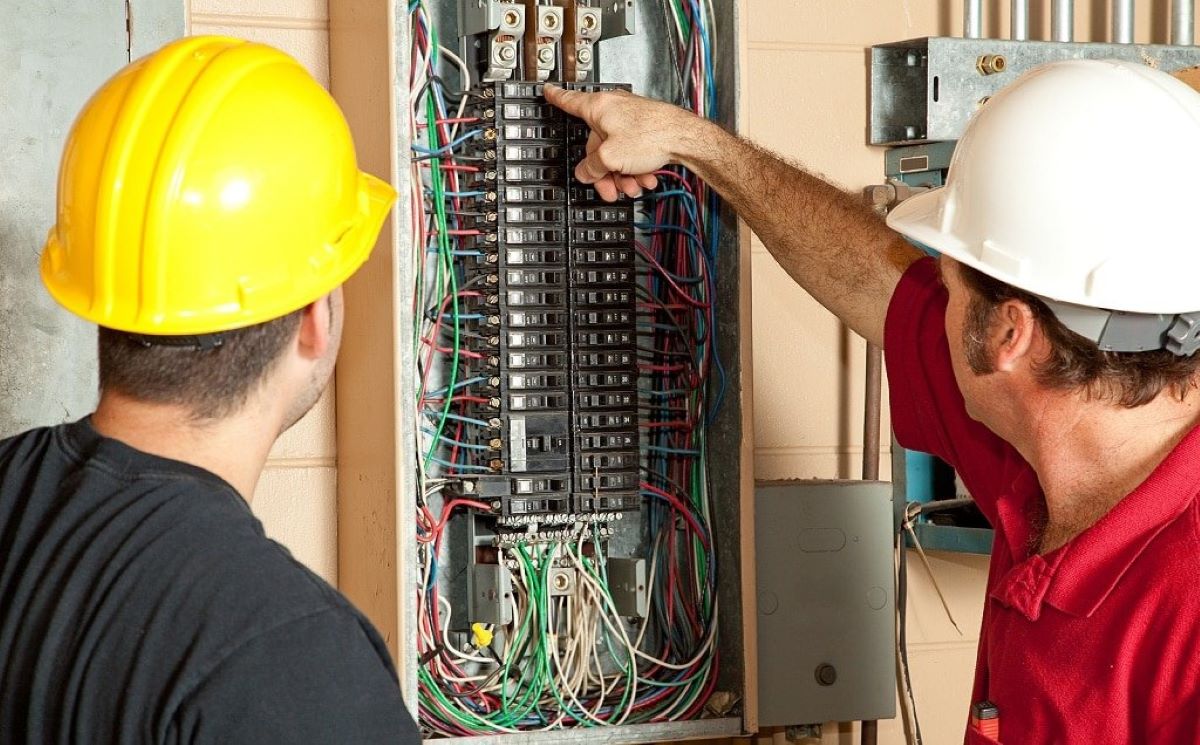
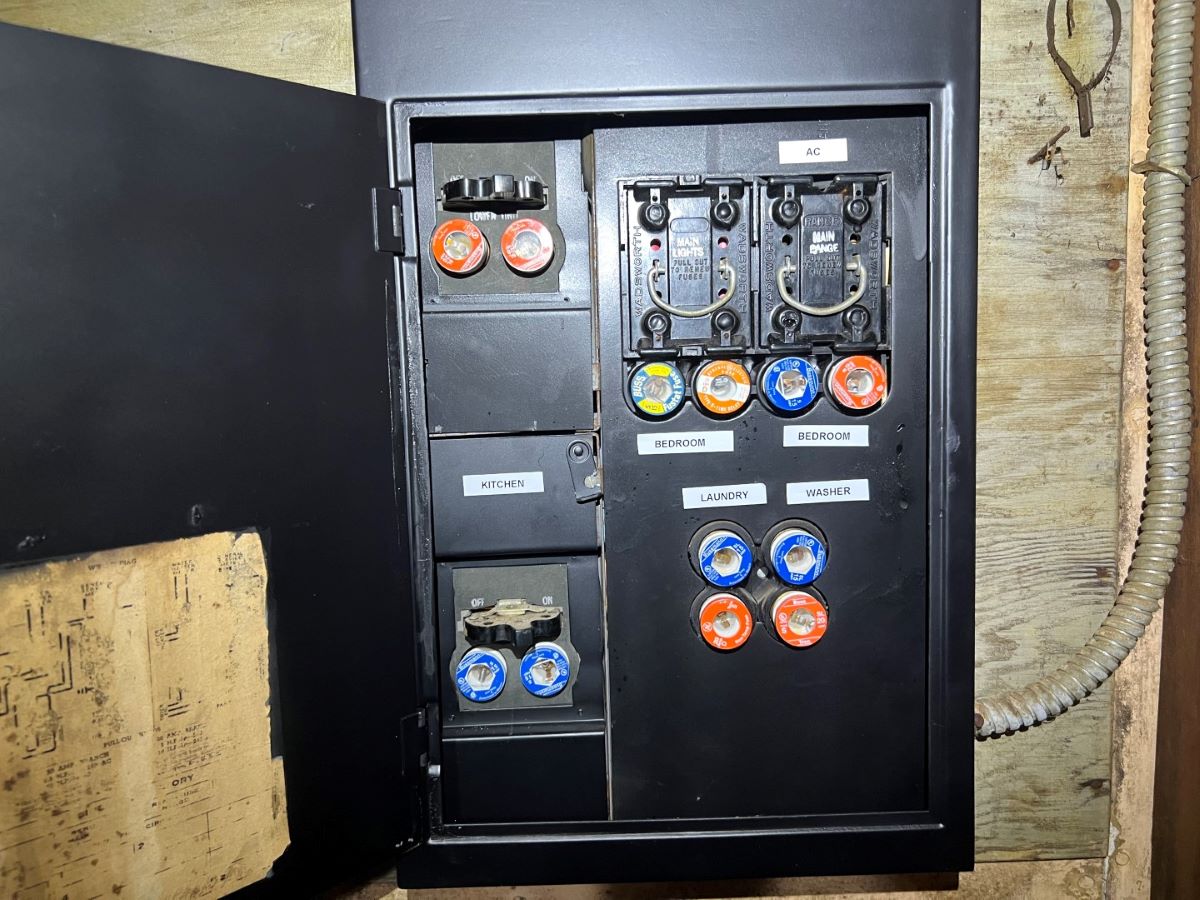
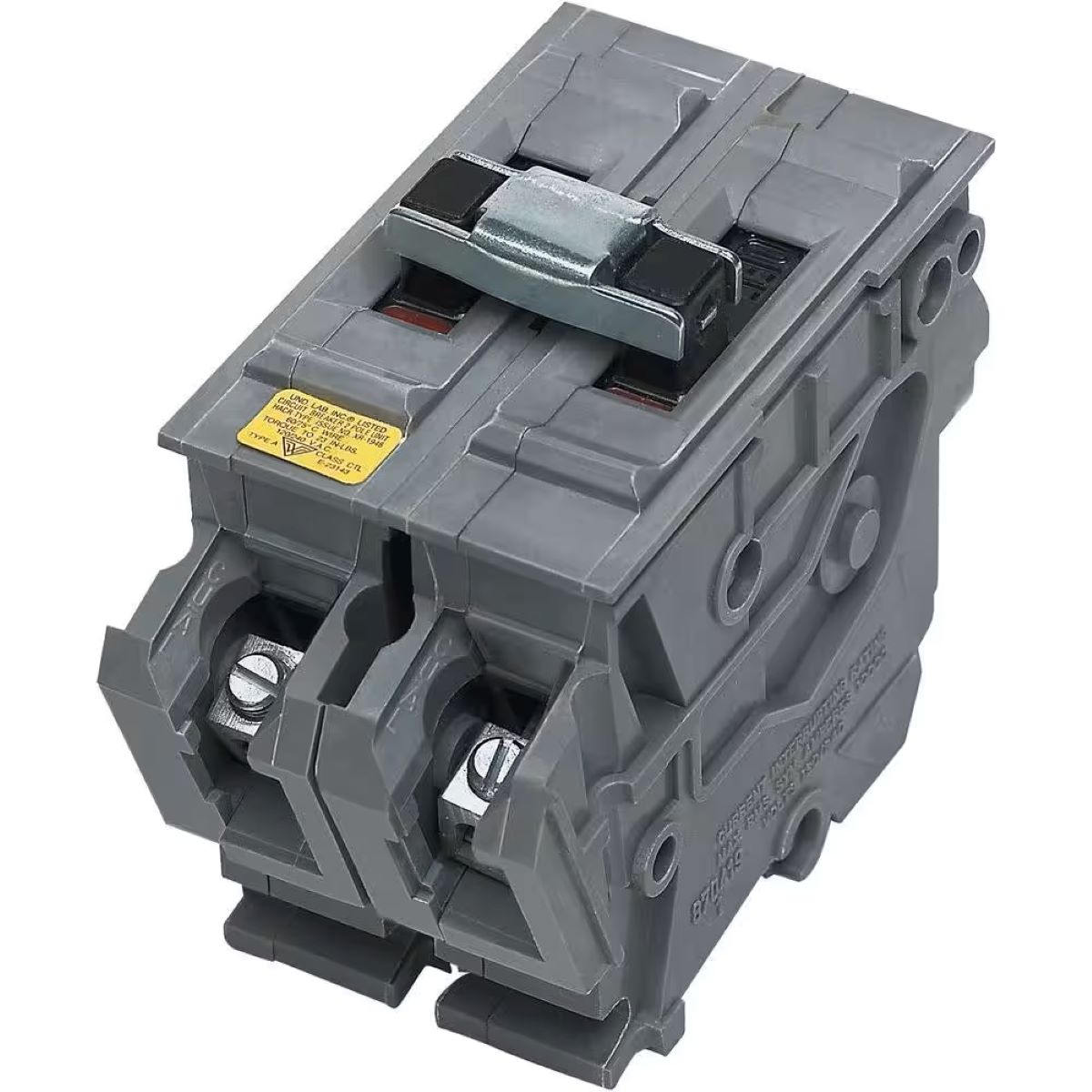
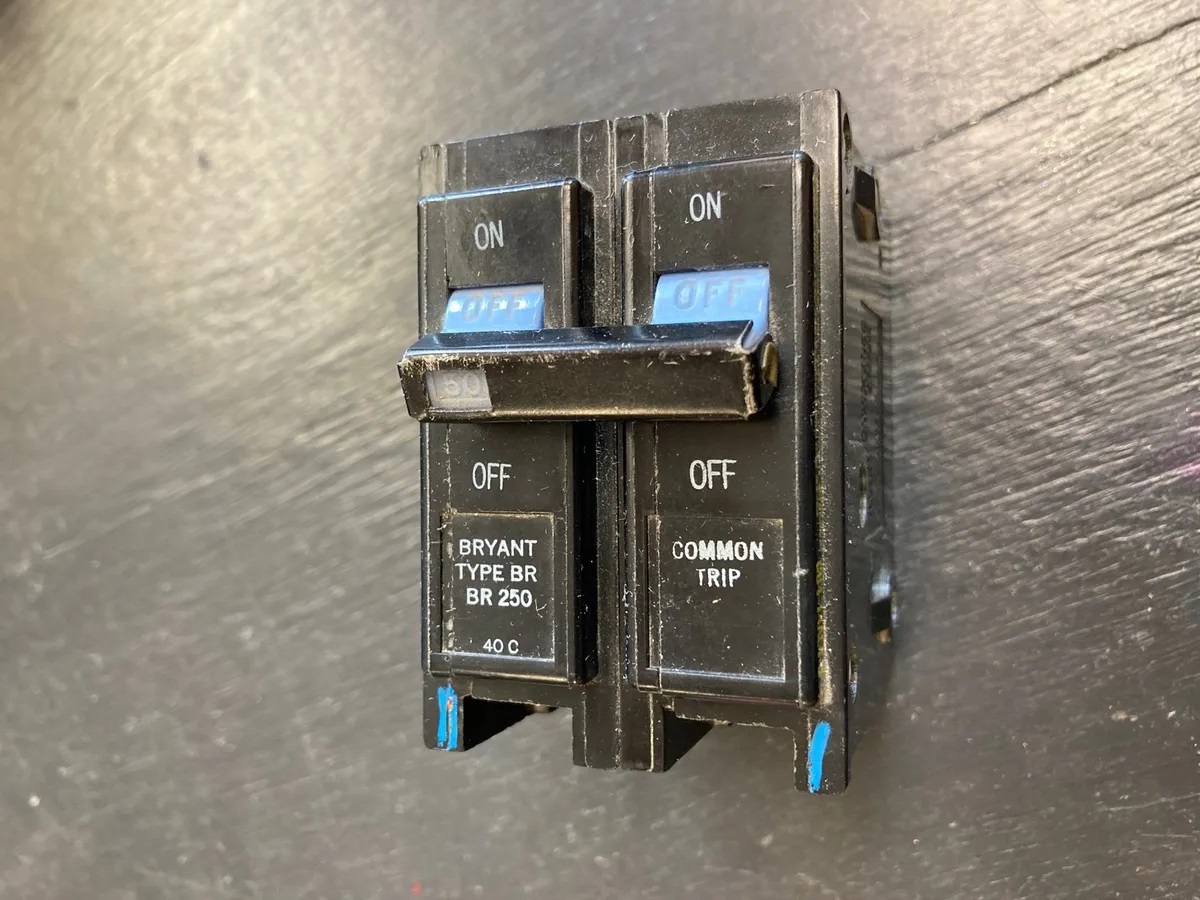
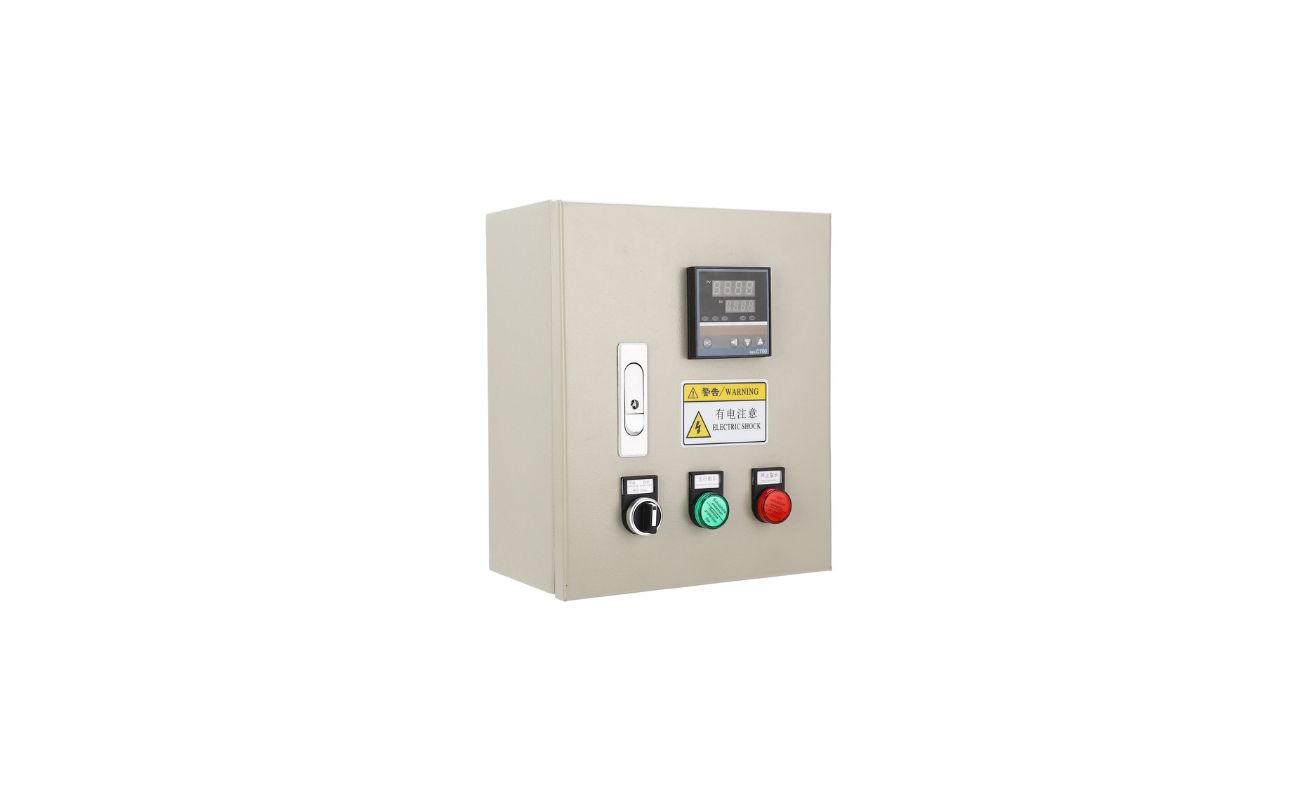
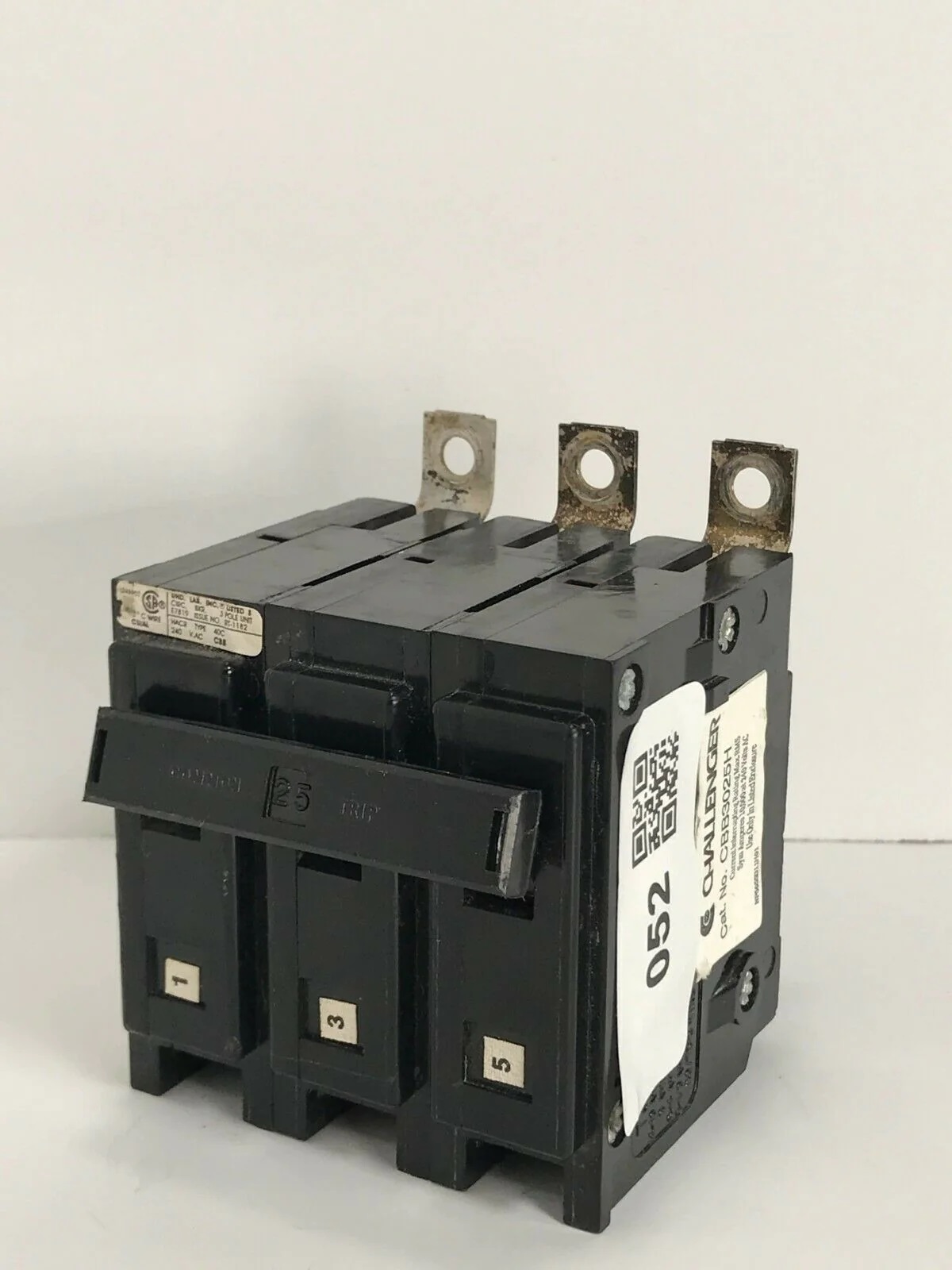
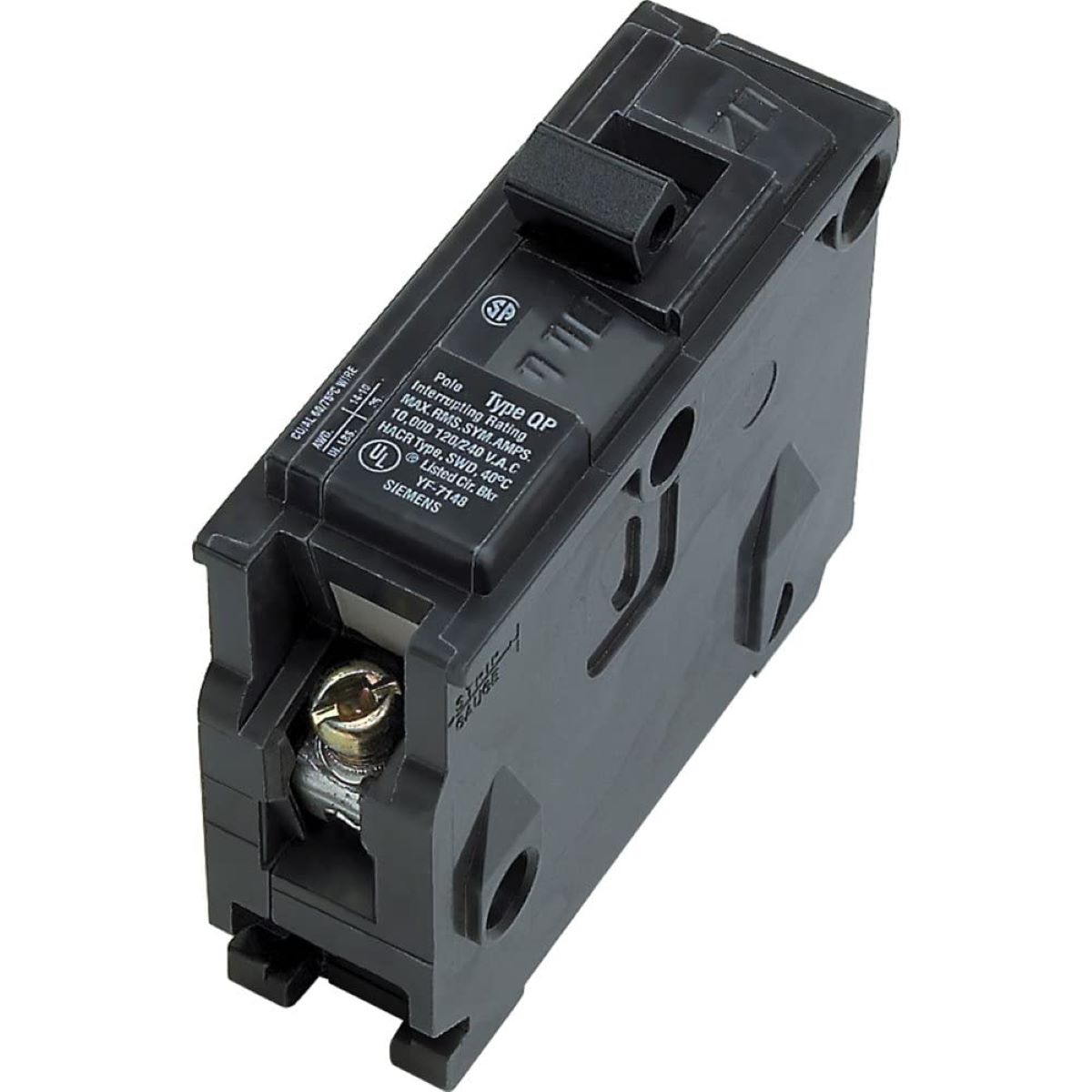
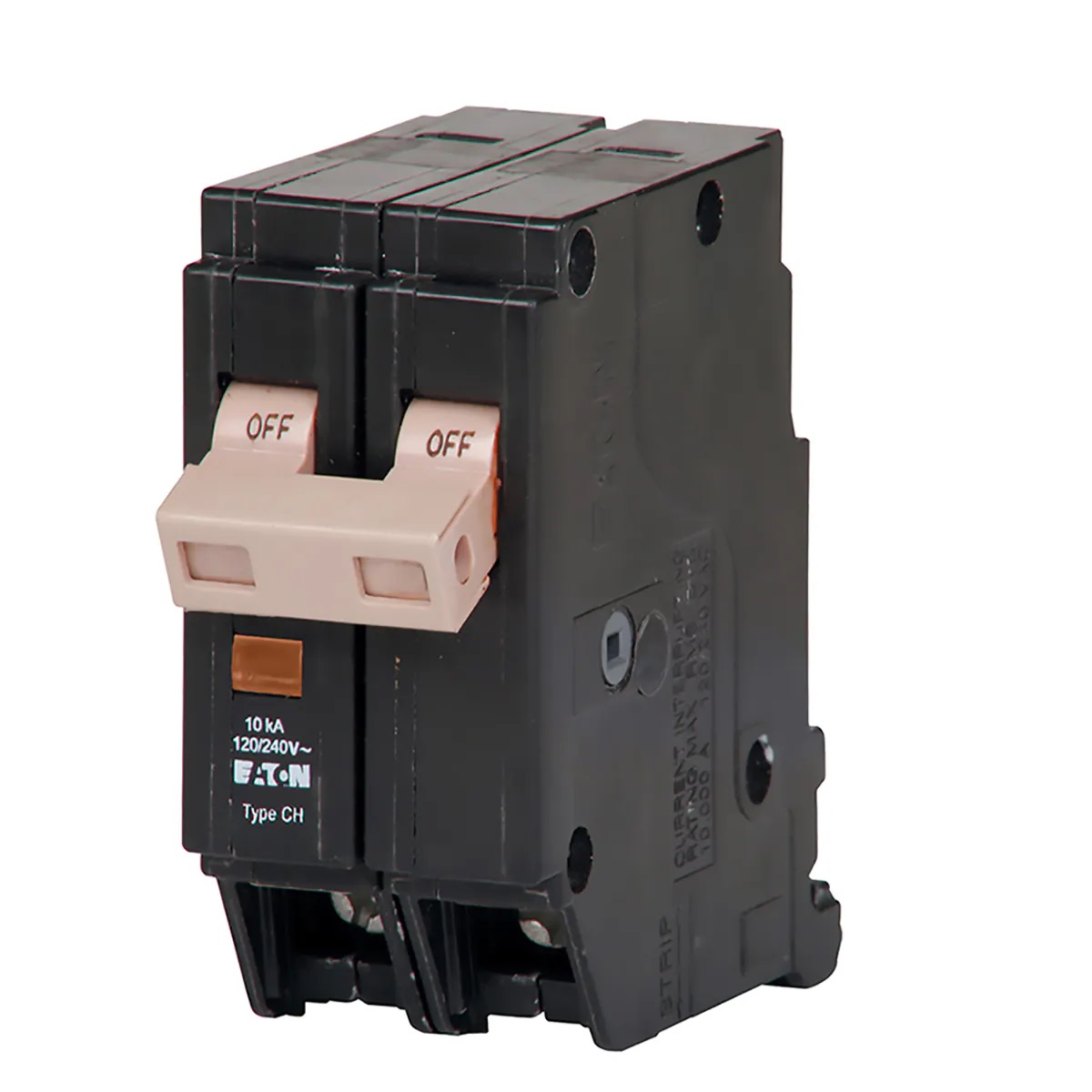
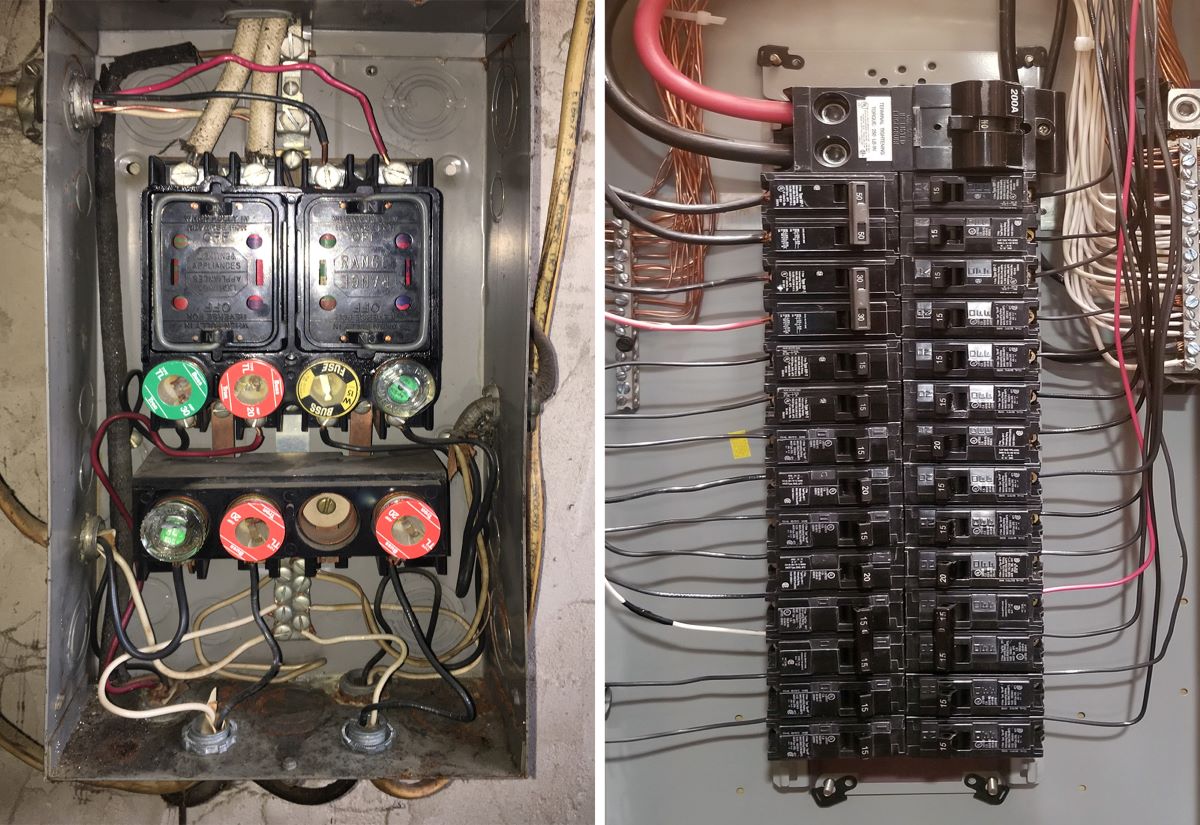
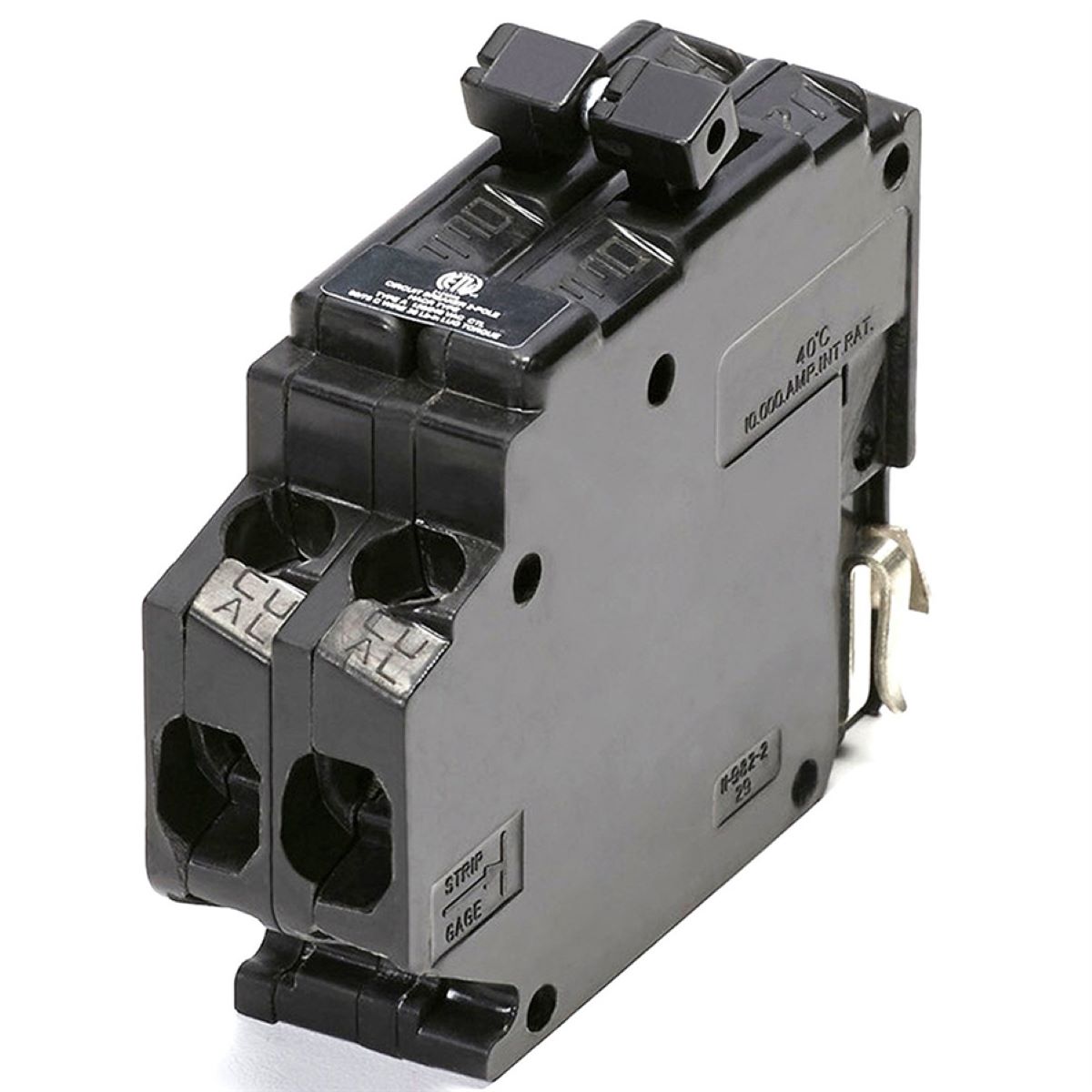
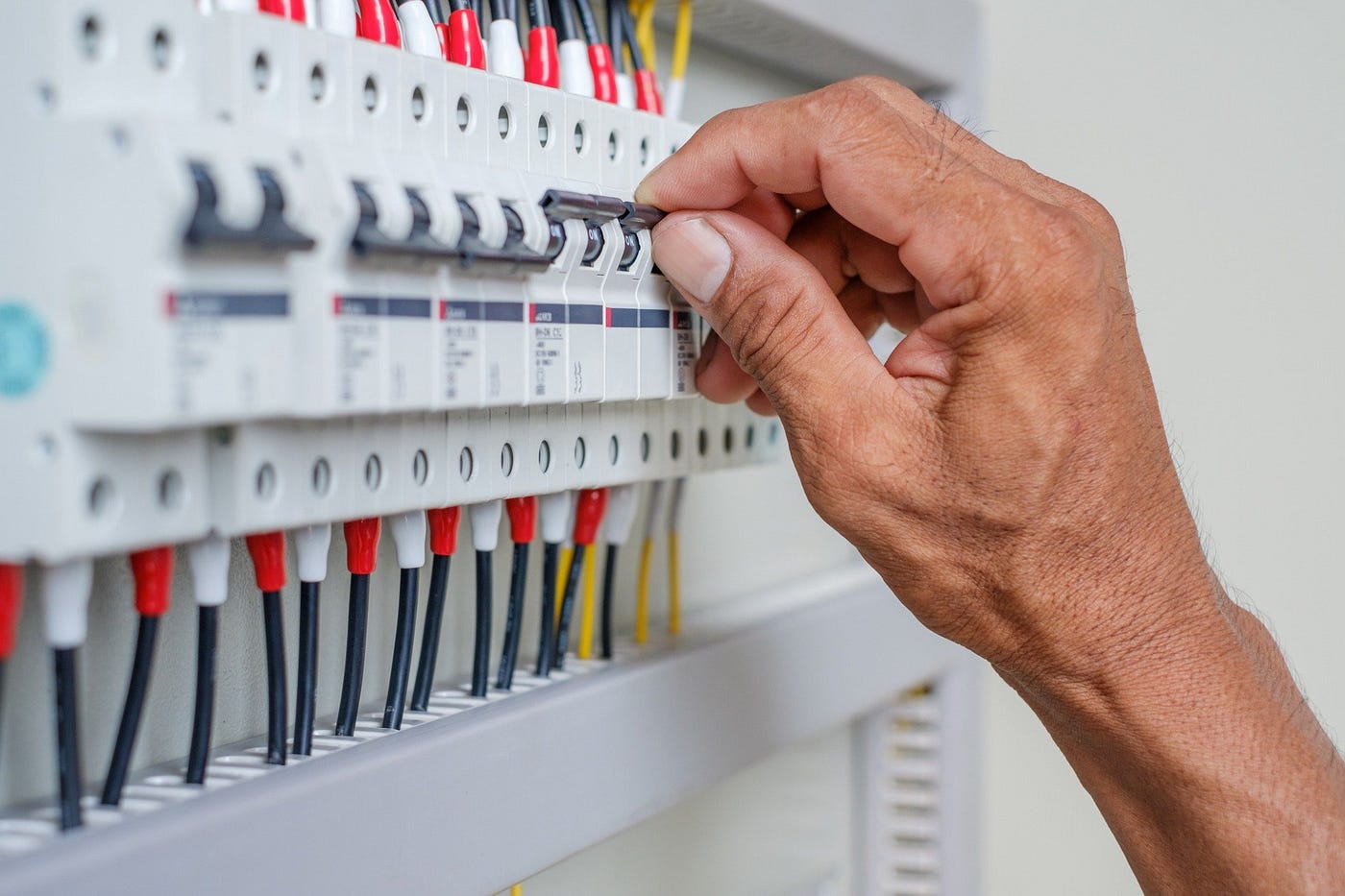
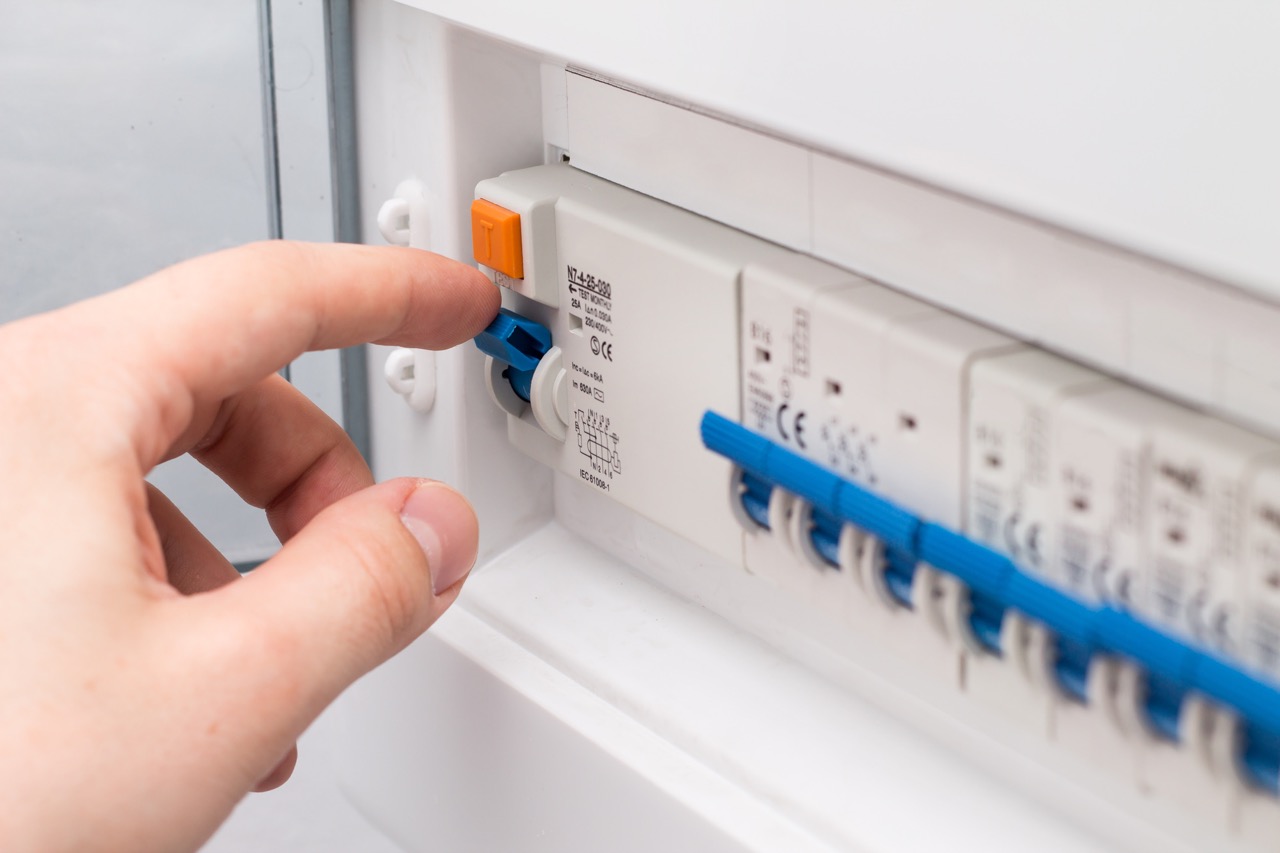
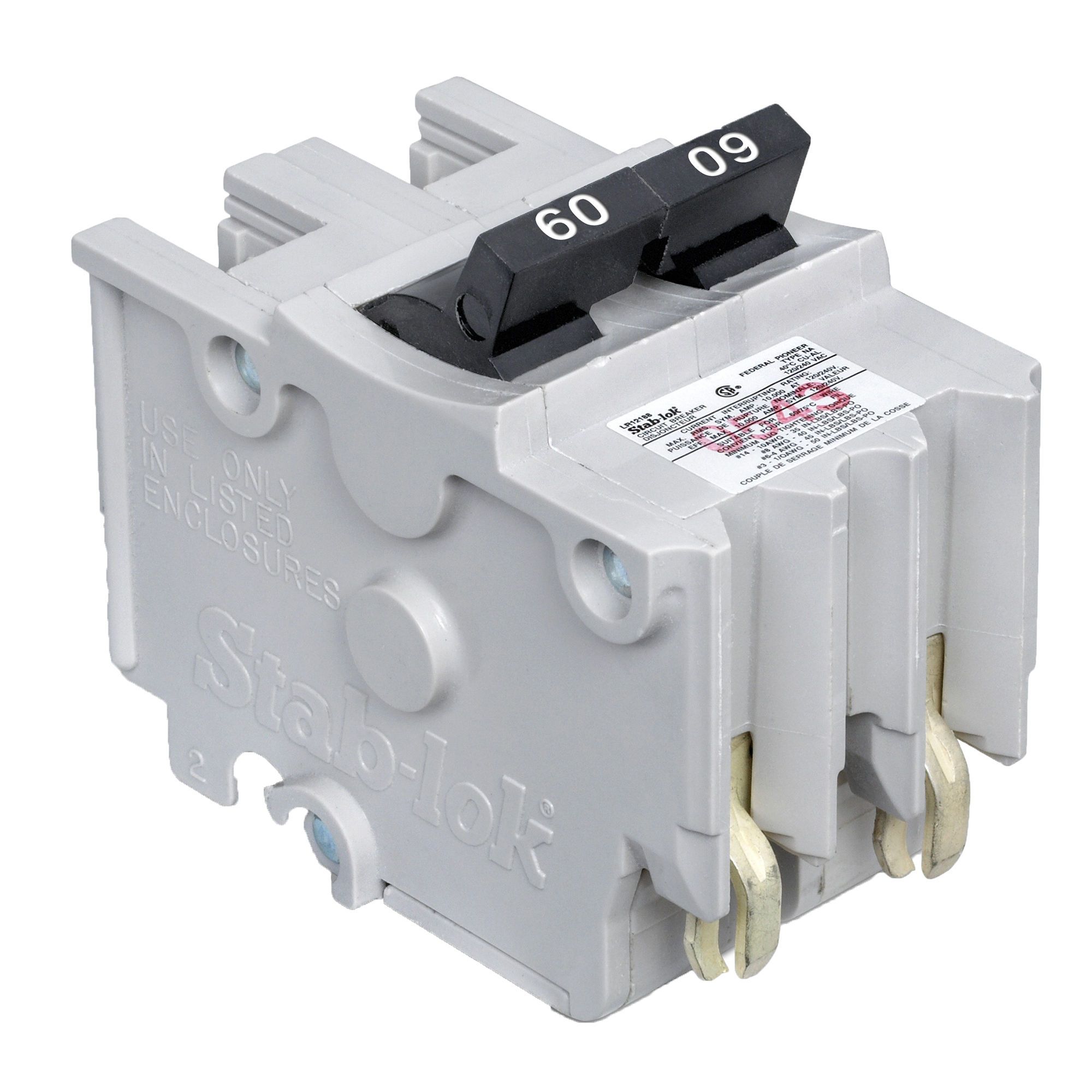

0 thoughts on “What Replaces ITE Breakers”